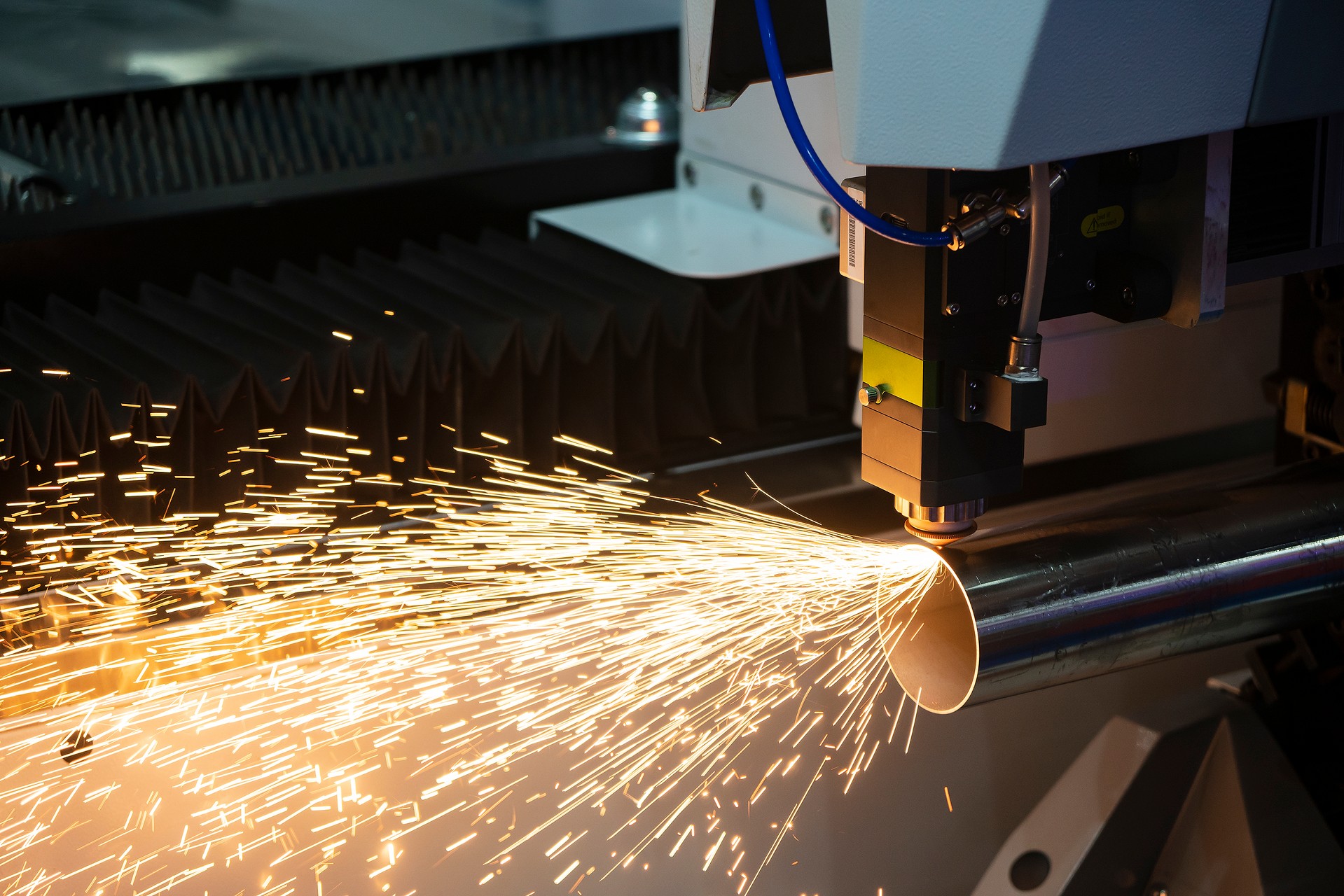Gear transmission systems are widely used in various industrial products and equipment, from designing, manufacturing, testing to applying, and form a technical field of its own. In recent years, with the development and manufacturing of high-tech products, the non-cutting gears as plastics and powder metallurgy are used with non-metal cutting precision pinion transmission mechanisms more and more often as the metal cutting gears.
What Is a Gear?
A Gear or cogwheel is a mechanical part with teeth on the rim that can continuously mesh and transmit motion and power between machine components in mechanical devices. Depending on the design and construction of the gear pair employed, gears can change the direction of movement and/or increase the output speed or torque. There are different types of gears, such as spur gears, helical gears, bevel gears, worm gears, rack and pinion and each of them is used in different conditions. Among which spur gear is the most common one.
- Spur Gears: spur gear, or straight-cut gear is the simplest type of gear. They consist of a cylinder or disk with teeth projecting radially.
- Helical Gears: helical gear is a type of cylindrical gears where the teeth are curved into a helix shape.
- Bevel Gears: bevel gear is a gear where the axes of the two shafts intersect and the tooth-bearing faces of the gears themselves are conically shaped.
- Worm Gears: worm gear is a type of staggered shaft gear that transmits motion between two shafts that are neither intersecting nor parallel.
- Rack and Pinion: rack and pinion is a type of linear actuator that comprises a circular gear (the pinion) engaging a linear gear (the rack).
What Are the Functions of a Gear?
In the friction wheel transmission mechanism, if the positive pressure is insufficient, the driving part will not have enough friction to drive the driven part, and if the positive pressure is too large, slipping will occur. Therefore, the edge of the wheel surface of the friction wheel is made into the shape of a tooth according to a certain curve, which is used to replace the rolling cylindrical friction wheel. When rubbing the wheel and moving, this part is called gear.
In the industry, the main function of gears is to transmit power, and its application range is very wide. From the transmission mechanism of automobiles to mechanical watches, gears can use its extremely small structure to efficiently transmit large torque, and even extremely small power can be transmitted smoothly.
The Main Applications of Taiwan Gear Industry
Taiwan's gear industry can be roughly classified into five categories: precision mechanical gears, vehicle gears, reducer gears, fine small gears, and large-scale gears.
- Precision mechanical gears are mainly supplied to machine tools, textile machinery, printing machinery, rubber and plastic machinery, fluid pumps, etc. The important key equipment is gear grinding machines, and the accuracy often requires JIS 1 or 0 or even higher.
- Vehicle gears are mainly supplied to automobiles, locomotives, agricultural machinery, and scooters; the main processing equipment is gear hobbing machines, gear scrapers, gear planers, which belong to the medium and large-scale production type, and the demand for automation is high, and the value and output value are relatively high application.
- Reducer gears are mainly worm gear reducers and gear motor reducers, etc., which have a wide range of uses and are used in machinery and equipment in all walks of life. In addition to supplying part of the domestic market demand, most of them are mainly exported. In addition, the composition of cooperative factories, the management of component inventory and assembly are also major features of this industry.
- Fine small gears refer to gears with a modulus of 1.0 or less. Most of these gears have only quenched and tempered materials and are less hardened. However, the drive gear shaft has fewer teeth and is particularly particular about noise, so precise the speed and quality requirements of the gear hobbing program are relatively high, and high-grade tungsten carbide gear hobbing cutters and high-speed gear hobbing machines are often used.
- Large-scale gears refers to a gear factory that can produce gears with a diameter of more than one meter. In addition to gear hobbing or milling, after heat treatment hardened, further finishing processes are required to meet the requirements of accuracy and life. Such large gears are mostly used in machinery in petrochemical, mining and research, cement, shipbuilding, sugar, steel, and other factories.
The gear industry has a wide range of applications and has become a very important processing link in the machinery manufacturing industry. High-quality high-precision gear components are matched and installed in various mechanical equipment, such as machine tools, industrial machinery, locomotives, electric tools, etc. With the development of gear components in Taiwan, it has also evolved from an advanced exporting country to an exporting country, and sold to advanced industrial countries such as Europe, the United States, and Japan.
In many new machines and equipment, the amount of gear used is gradually decreasing, but in response to the industrial needs of new energy, energy-saving, high precision, and high speed, the application of gear transmission mechanism is still increasing. Especially when oil demand is unbalanced and prices are rising steadily, the research and development of new energy and energy-saving methods will become more and more urgent. Therefore, such as the gear increaser of wind power generation, the more fuel-efficient manual automatic transmission, etc. may become mainstream products in the future. In addition, high-precision products such as high-speed ratio gearboxes, metering gear pumps, high-load worm gear reducers, or instrument-grade indexing plates are also worthy of industry investment.














